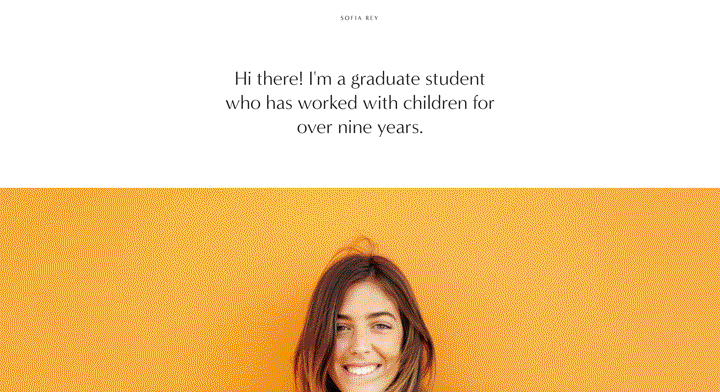Graphic Design's pendulum
Amsterdam, The Netherlands. 2017
Michael Klein,
From the editor's desk
To some it is Focault’s, to some others the one from Galileo’s anecdote and to others again Shopenhaeur’s — swinging from pain to boredom and back again. I’m talking, of course, about the pendulum. Whichever incarnation you prefer, the pendulum seems to ubiquitously cross (or rotate around?) the history of Western civilization.
For the contemporary designer, there is only one pendulum that inevitably continues to oscillate: that of visual trends. The swinging speed of this pendulum has now surpassed that of the most fanciful representations for scientific purposes, but this has not deterred many designers who keep jumping through hoops to stay on top of it. To many, being up to date on the latest trends is a prerogative: IK Blue or Pantone’s last color of the year? Perhaps minimalism has really faded: let’s seek inspiration among brutalist websites. Is Circular still fashionable? Or should I use Apercu?
At the present time, many such issues trouble the toughts of designers who don’t have a clear understanding of the difference between styling and design. These issues would find an ultimate answer by reading any of Bruno Munari’s texts (published in English by Penguin Books) but many designers prefer to take a stroll through online “curated galleries" that keep the visitor always up to date on the latest trends.
If killing this stimulus would create a more responsible culture of design in the long term, following it generates the opposite effect: designers copy the formal outcomes of each other (inevitably decontextualized and deprived of their original motive) and so a trend is born. If this trend finds luck, it will grow to be as abused and watered down as to become so badly digested by a group of nonconformist designers who will decide to do the exact opposite of what this trend prescribes, with complete disregard for issues of appropriateness, authenticity or simple common sense. So-called “brutalist design", the hottest trend in town, is a clear byproduct of this phenomenon: a gut reaction by some designers who saw one too many minimalist websites for some hip millennial brand, with a big header featuring a minimal image and a center-aligned headline rendered in a cool sans serif typeface — one of those designs that have now surpassed the status of “trendy” to reach that of “template”.

By writing these lines I am of course aware that trends will always exist, to a certain extent. If the majority of individuals were equipped with the necessary immunitary system to contemplate them in a critical way, trends would be no more than harmless background noise. What normally happens is far more serious: a given trend gets saturated to such an extent as to generate an opposite reaction which indiscriminately makes people hate anything that has a visual connection to the original object of their frustration. It won’t matter if a specific piece of work is the carefully considered product of a master or a vulgar imitation: the opposite reaction is violent and wants to indiscriminately get rid of anything that undermines its sensitivity. And so, as anything that reeked of modernism was to be burned at the stake in postmodern times (make way for freedom!) today a designer who’s fed up with simplicity will hate the most masterful manifestations of it with the same vigour they hate second-rate imitations (make way for brutalism!).
If this phenomenon alone wasn’t enough to create a superficial culture in which autonomous thought is stifled, in the age of social media big brands come into play. Master gentrificators of aesthetics, big brands exploit the data banks offered by social networks to lend a ear to visual subcultures and new trends. As soon as a certain trend gains momentum, there comes a big brand ready to study it, optimize it for sales (eroding its authenticity) and adopt the result for their branding or products, therefore repackaging the trend and selling it back to the same yuppies who started it. This phenomenon is quite similar to what happens to the metropolitan neighborhoods inhabited by low-income artists and creators after the arrival of property speculators, coming to capitalize on the human value of the area before it explodes in popularity, attracting more prosperous inhabitants.
An obvious, easy and yet seemingly so complicated solution would be within everyone’s reach: to evaluate every single piece of design, work, or communication for its effectiveness and the intelligence with which it responds to its purpose above and beyond aesthetics. In due time this would promote a culture of autonomous thought, breaking the system of trend generation and following that we all see today. This is what sets apart design and styling.
Clarifying the difference between what is and what is not, in a time obsessed with the intersections between this and that other area, is perhaps more important than all of us believe.
Might this be a a new trend for 2018?